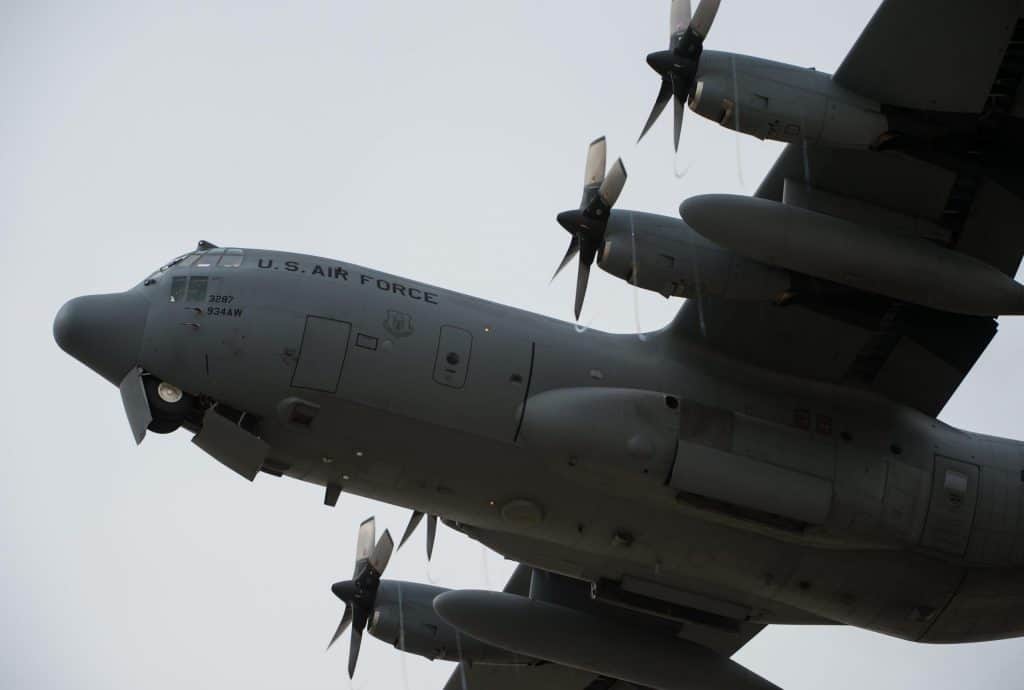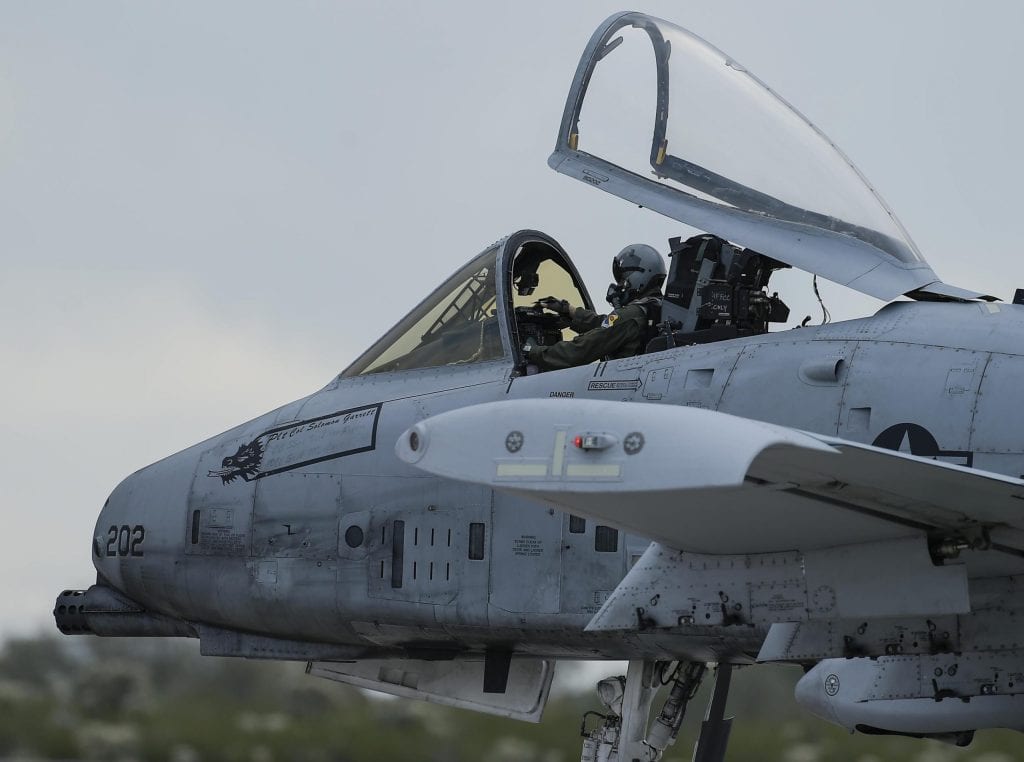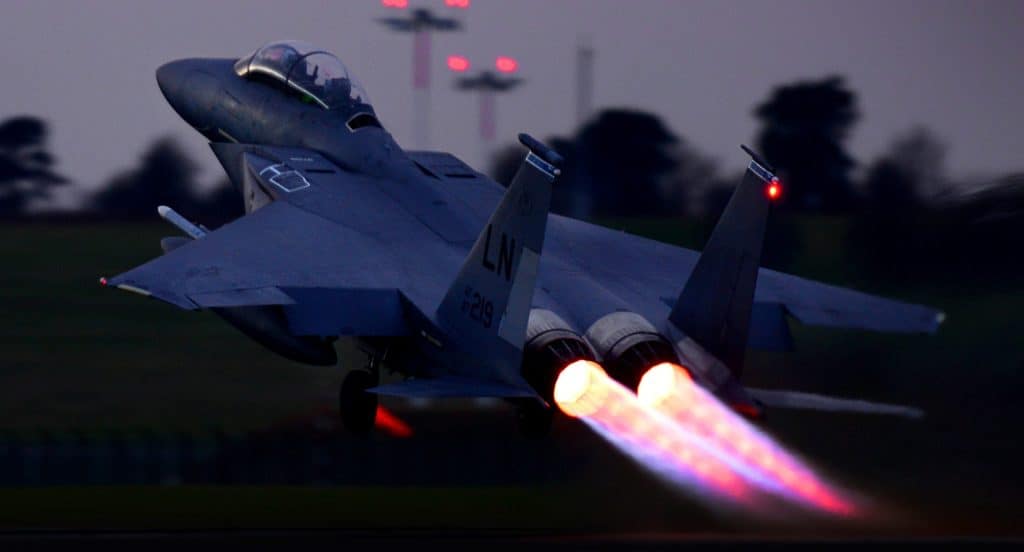Military Pilot Logbook Conversion

As a military pilot who is also involved heavily in General Aviation, a lot of people ask me how to translate their military flight hours to meet the criteria for an airline application. Unfortunately, this isn't a simple answer. I've tried (and failed) several times to write a single-source document to explain how to do this conversion. This page is my latest attempt.
This article is courtesy of Jason Depew and his outstanding aviation blog at AviationBull.com.
As a military pilot who is also involved heavily in General Aviation, a lot of people ask me how to translate their military flight hours to meet the criteria for an airline application. Unfortunately, this isn't a simple answer. I've tried (and failed) several times to write a single-source document to explain how to do this conversion. This page is my latest attempt.
Disclaimer: Most of this is opinion. I base a lot of it on articles I've read and discussions with other instructors over the years. However, if you're not sure about some part of it, consult someone who knows better. This could include the source documents or a lawyer who deals with aviation. Also, every airline is different. Some may be more strict or lenient than I am in some areas. Finally, this post is written by an Air Force pilot using (mostly) Air Force terminology. If you need help translating that, send me a message or ask a friend.
Topics on this page include:
- Keeping Your Own Logbook
- Primary vs Pilot in Command (PIC)
- Second in Command
- Instructor Time
- Evaluator Time
- Other Time
- Cross Country
- Conversion Factors
First off: If you'd logged all your own flight time during your career, you wouldn't have to worry about any of this. If you're young enough that it isn't a huge pain, start keeping a logbook now! There are some great programs and apps out there that store your logbook securely in the cloud and let you log flights and edit your logbook on your smartphone.
You may believe that as a "zipper-suited sun god," you're entitled to have someone else log your flight time for you. If you want to trust your future to someone else that's fine. However, how much of a vested interest does the 18-year old who has to wade through stacks of flight records every day have in making sure your records are perfect for your future airline career in 10-20 years? Yep...keep your own logbook.
When I went to my interview, I didn't even bring my military flight records...that flying was all in an electronic logbook. I gave them a signed print-out from my logbook and they were happy. It was nice not having to worry about explaining confusing conversions between my military and personal records.
Some communities act like keeping a "civilian" logbook shows a lack of focus or patriotism. Those people are fools. Please, please don't listen to them! You may need to wait until you're securely alone in a bathroom stall to pull out your phone and enter your flight into your logbook app. If that's the case, sorry, but do it anyway!
If you're a greybeard feeling the pain of not having kept a logbook, do something for the young people in your squadron and make sure they don't reapeat your mistakes.
With that little rant complete, let's get down to business:
Primary vs Pilot in Command (PIC)
USAF "Primary" time is not the same as the FAA or Airline "Pilot in Command" (PIC) time.
The FAA uses the term Pilot In Command more than one way. 14 CFR 1.1 has a general definition that includes the person who bears overall responsibility for the flight of an aircraft. In addition, 14 CFR 61.51(e) discusses when a person may log PIC time:
- "When the pilot is the sole manipulator of the controls of an aircraft for which the pilot is rated..."
- "When the pilot is the sole occupant in the aircraft"
- "When the pilot...acts as pilot in command of an aircraft for which more than one pilot is required under the type certification of the aircraft or the regulations under which the flight is conducted"
It's important to realize that the FAR 1.1 definition describes a person with final authority for a flight. FAR 61.51 allows that person to log PIC time, but also allows him or her to delegate flying duties to a second pilot...who can also log PIC time when he or she is the "sole manipulator of the controls." One person is the PIC while the other is just acting as PIC.
If you are the person designated as the PIC for a flight, it doesn't matter how many other pilots are on that aircraft or what you're doing. You could be snoozing on a bunk or hanging out in the back of the plane with crayons and a coloring book like Mel Gibson in Air America, but you're still the PIC. That may seem a little generous to the pilot designated as overall PIC, but the way the FAA sees it anything goes wrong while he or she is asleep, he or she is the one who get violated. It's that overall PIC's name on the flight plan/flight orders. Besides, #1 above allows the "sole manipulator" up front to simultaneously log PIC time too. Good deal, right?
Unfortunately, the airlines are more restrictive. They don't accept time spent as "sole manipulator of the controls" as PIC. For your airline application, you must have been qualified/certified as an Aircraft Commander and you must have been the person who signed the flight orders to log any PIC time for a flight. Yes, that sucks. Sorry. The good news is that it's an even playing field for everyone. (One exception here is that Instructor time counts for PIC time, but we'll get to that later.)
So, if all you know is your Primary time, what do you do?
The most correct answer is to go line-by-line through your records and decide for every flight (after you were certified as an Aircraft Commander) what flights had your signature on the flight orders.
In most cases, a lack of records makes this is impossible. Most people add up the Primary hours acquired after the date certified as an Aircraft Commander and assume they signed for a large percentage of those hours. I hear 80% a lot, and I feel like that's usually a reasonable figure to use. If you think you have a reason to use a figure other than 80%, go ahead. The rule of thumb here is just be prepared to explain why you used that figure when you get to your airline interview.
(As a side note: if you decide to keep your own logbook you can keep track of both types of PIC time in separate columns. My logbook has one column labeled "FAA PIC" and another labeled "Airline PIC." When I apply for a rating with the FAA, I use their column. When I applied to my airline I used the other column. Even electronic logbook apps should allow you to do custom columns for this.)
SIC is much easier to figure out, but it's still important to remember that USAF "Secondary" time is not the same as "SIC." Per 14 CFR 61.51(f), you must:
- Be qualified in the aircraft
- Occupying a pilot seat in an aircraft that requires more than one pilot
So, if you were sitting in either of the pilot seats and you were the "Pilot Not Flying," "Pilot Monitoring," or "Self-loading Landing Gear Actuator"...you log SIC for the portion of the flight during which you were not "sole manipulator" of the controls.
Some people get very worried and worked up over having lots of SIC and not enough PIC. Please don't! The airlines will look at your entire app. If they see a high total time and lots of SIC without a great deal of PIC, they'll realize you upgraded to Aircraft Commander more recently. As long as you have enough PIC hours to meet their minimums it's really not a big deal. Sure, the more PIC you have the more competitive you'll be. Don't get too creative with your logbook though. Be up front with them and they'll take you if they want you.
Be sure you take note of the second point from 61.51(f). It says the aircraft must require more than one pilot for anyone onboard to log SIC. Let's say a friend of yours rented a C-172 and you flew with her to get a $100 hamburger. She logs PIC because she rented the aircraft...so can you log SIC? No! The C-172 doesn't require two pilots, so nobody can ever log SIC in it. You get Other time (unless you were giving your friend instruction during your flight together.) Even fancy, complex aircraft like a T-6 or T-38 are certified for solo operation. There's no such thing as a copilot in those aircraft. You can log PIC, Other, IP or EP time in them, but never SIC. Don't try it. People will laugh at you.
Generally speaking, flight time logged as "Instructor" time in the military can also be logged as "Dual Given" (aka "Instructor time") for both the FAA and the airlines.
14 CFR 61.41(a)(1) even says that instruction in a military setting is valid...even if the military IP doesn't hold a civilian CFI.
14 CFR 61.51(e)(iv)(D)(3) also says that an instructor can log PIC time while he or she is also logging instructor time. This "dual-logging" rule is nice for pursuing ratings with the FAA. Unfortunately, the airlines want you to count it differently:








Responses